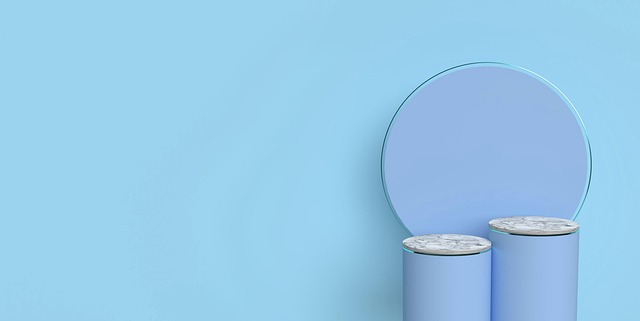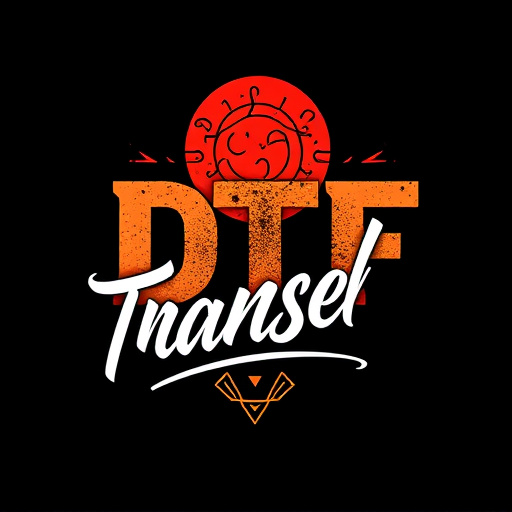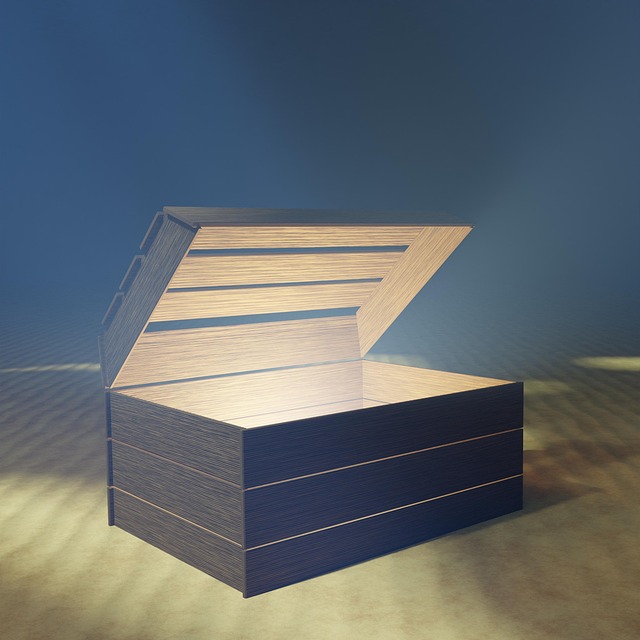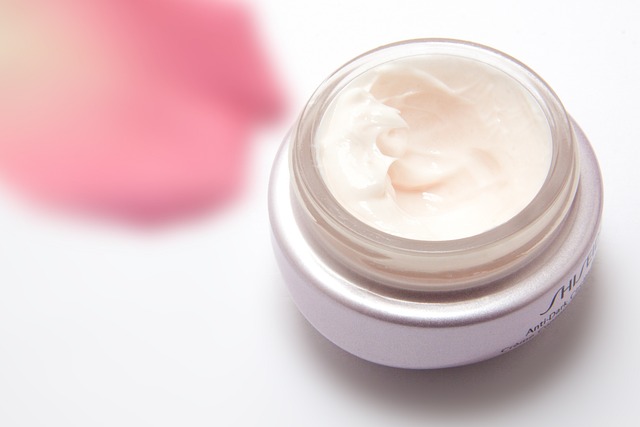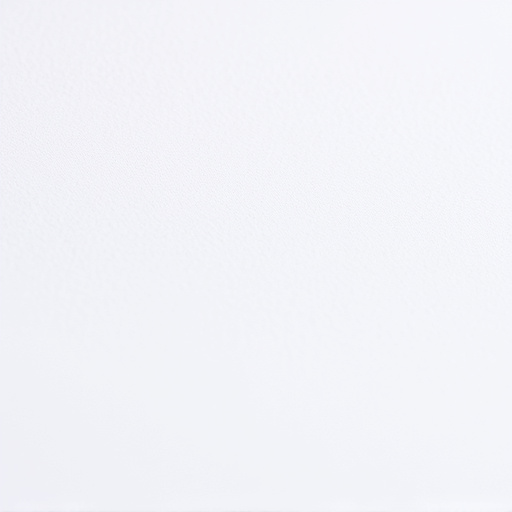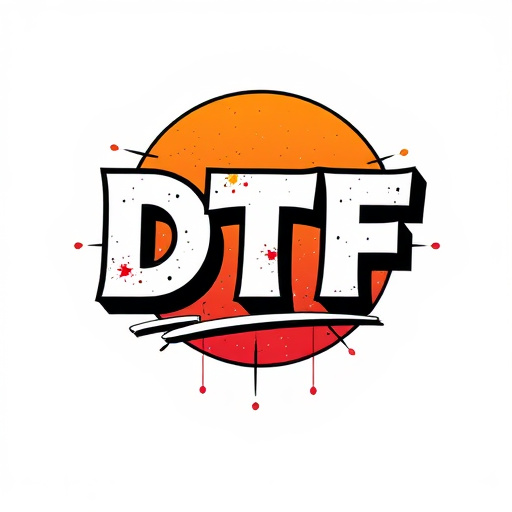DTF (Direct-to-Film) transfer is a revolutionary printing method offering unparalleled precision for intricate designs, especially in graphic reproduction. This technology reproduces fine lines and details accurately, eliminating ambiguity and maintaining original vision, making it popular among professionals seeking vibrant, high-quality results. Key features of DTF transfers include superior resolution, durability against fading, matte surface finish, precise registration, and compatibility with various printing methods, making them ideal for blueprints, illustrations, art prints, and detailed artwork. The right materials, such as polyester or polycarbonate carrier films and advanced adhesives, ensure accurate positioning and precise alignment for crisp results. Proper setup, careful alignment, and meticulous post-transfer adjustments are crucial for achieving perfection in DTF transfers, which have proven their worth in manufacturing, architecture, and fashion industries.
“Unleash the power of precision printing with a deep dive into the world of DTF (Direct to Film) Transfer technology. This innovative process revolutionizes how thin lines and intricate details are reproduced, opening doors to unparalleled accuracy in various applications. From its foundational understanding to choosing the ideal materials, this article guides you through the intricacies. Discover key features ensuring optimal results, explore real-world use cases, and master the step-by-step process for achieving accurate, high-quality DTF Transfers.”
- Understanding DTF Transfer: A Brief Overview
- The Importance of Precision in Line Reproduction
- Key Features of a High-Quality DTF Transfer
- Choosing the Right Materials for Optimal Results
- Step-by-Step Guide to Achieving Accurate Transfers
- Real-World Applications and Case Studies
Understanding DTF Transfer: A Brief Overview

The DTF (Direct-to-Film) transfer process is a cutting-edge technology revolutionizing the printing and copying industry. Unlike traditional methods, DTF allows for an incredibly precise reproduction of fine lines and intricate details on various surfaces. This advanced technique involves applying a thin layer of ink directly to a film, which then acts as a mask, enabling accurate and detailed transfers.
DTF offers unparalleled precision, making it ideal for applications requiring meticulous detail work. Whether it’s printing delicate artwork, creating intricate patterns, or copying complex designs, DTF Transfer ensures the original’s integrity is maintained. This technology has gained popularity due to its ability to produce crisp, clean lines and its versatility across different materials, from fabrics to plastics and even ceramics.
The Importance of Precision in Line Reproduction

In the realm of graphic reproduction, achieving precision in line reproduction is paramount, especially for intricate designs that rely on fine, delicate lines to convey their aesthetic and information. Whether it’s architectural blueprints, fashion illustrations, or art prints, the accuracy of thin lines and details directly impacts the overall quality and readability of the final product. This is where DTF (Direct to Film) Transfers prove invaluable.
DTF Transfers offer a game-changing solution by enabling precise reproduction of fine lines down to the smallest detail. The technology involves transferring high-resolution digital data directly onto film, ensuring that every stroke and shade is accurately represented. This meticulous process eliminates the ambiguity often associated with traditional printing methods, allowing designers and artists to maintain the integrity of their original vision. Consequently, DTF Transfers are becoming the go-to choice for professionals seeking a vibrant, bustling tapestry of accurate line reproduction.
Key Features of a High-Quality DTF Transfer

A high-quality Digital Transfer Film (DTF) is characterized by its exceptional ability to reproduce intricate details and thin lines accurately, making it a preferred choice for various applications, from art reproduction to precision engineering. Key features that set apart an excellent DTF transfer include superior resolution, offering sharp and precise imaging down to the finest of details; vibrant color accuracy, ensuring colors remain true to the original; and a high level of transparency, allowing for clear visibility of underlying lines and patterns.
Additionally, these transfers should possess excellent durability, resisting fading and degradation over time, and a matte surface finish that minimizes reflectivity, enhancing overall image quality. The precision in registration is also critical, ensuring that all printed elements align perfectly, especially when dealing with complex designs or multiple layers. Lastly, ease of use and compatibility with various printing methods are significant advantages, making DTF transfers versatile and accessible for professionals and enthusiasts alike.
Choosing the Right Materials for Optimal Results

When it comes to achieving precise and detailed transfers, especially for intricate designs with thin lines, selecting the appropriate materials is paramount. In the realm of DTF (Direct-to-Film) transfers, the choice of carrier film and adhesive plays a pivotal role in ensuring optimal results. High-quality carrier films, typically made from polyester or polycarbonate, offer excellent dimensional stability and resistance to environmental factors, ensuring the integrity of fine lines during the transfer process.
Additionally, advanced adhesives designed specifically for DTF applications provide strong bonding while allowing for easy removal if adjustments are needed. These materials enable accurate positioning and precise alignment, crucial for reproducible and crisp results, especially when dealing with detailed artwork or logos that demand meticulous attention to thin line work.
Step-by-Step Guide to Achieving Accurate Transfers

Step-by-Step Guide to Achieving Accurate Transfers
Start by preparing your workspace with a clean, flat surface and ensuring proper lighting to minimize shadows. This is crucial for achieving precise details during the transfer process. Next, carefully align the template or design you wish to reproduce onto the surface using a dry erase marker or a light-sensitive material. Make sure every line and detail is clearly visible.
Once aligned, proceed with your DTF (Direct to Film) transfer method. This could involve using a heat press or a UV lamp depending on the material. Heat or UV exposure should be even across the surface to avoid smudging or missing details. After the transfer, inspect the result closely. Adjust the alignment if necessary and repeat the process until every line and detail is accurately reproduced.
Real-World Applications and Case Studies
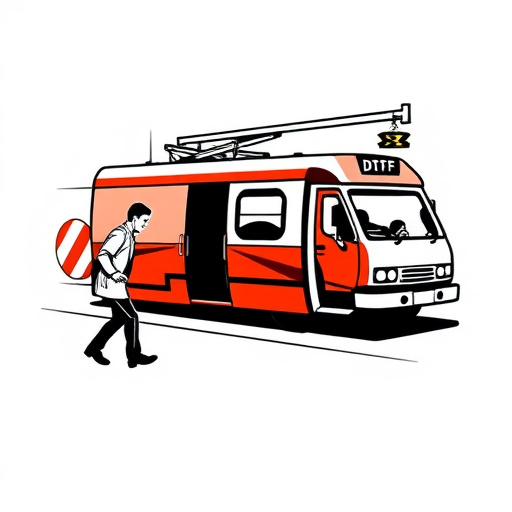
In various industries, the ability to accurately reproduce thin lines and intricate details is paramount for success. Digital Transfer (DTF) technology has emerged as a game-changer in this domain, offering precise and efficient solutions for real-world applications. For instance, in manufacturing, DTF transfers are used to create intricate patterns on surfaces with remarkable accuracy, enhancing the quality of products like electronics, automotive components, and decorative items.
Case studies highlight the effectiveness of DTF transfers in diverse sectors. In architecture, these transfers aid in quickly reproducing complex designs for building facades or interior features, saving time and reducing errors. Similarly, in the fashion industry, DTF technology enables the creation of intricate patterns on textiles, allowing designers to bring their creative visions to life with meticulous detail. This versatility makes DTF transfers an indispensable tool across multiple industries, where accuracy and precision are key to achieving exceptional results.
